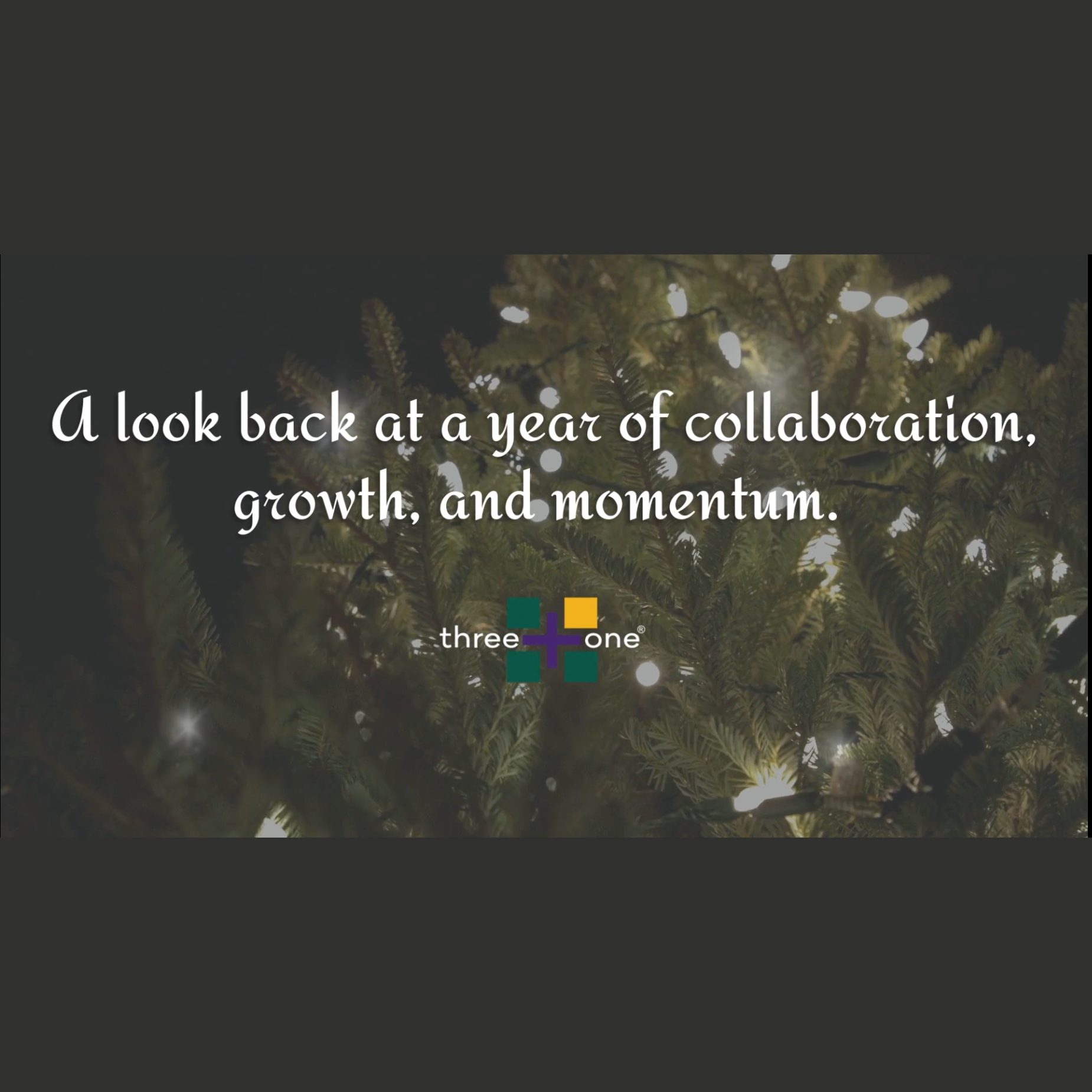While we have seen increases in interest income since the Fed started raising (or normalizing) the Federal Funds rate since late 2017, this period of normalization has many public finance personnel searching for the right cash allocations. Between 2008 and 2015, the Fed kept rates at essentially zero, so the current environment of relentless rate movement is new and brings new opportunities, new questions, and new challenges.
Here are six ways to maximize the value on your entity’s cash no matter what the Fed does:
1. Leverage the ability to take advantage of what the yield curve has to offer today. Count on what can be counted. If you play the market, you risk making an inaccurate move. Counting on data and the opportunities the market holds today preserves interest income. For example, identify the time-horizon opportunities on every dollar deposited at each of your banks. Once those durations have been time tested, take advantage of the time-deposit and fixed-income opportunities available to you in order to preserve interest income no matter what the Fed does.

2. Know what cash you need to be liquid but, more importantly, know what cash you don’t need to be liquid. Liquidity is a vital part of public-financial management, but keeping all funds in a demand-deposit account, money-market fund, or the like, can prevent the public from realizing the benefits liquidity data can bring in interest for the next five years. Many remember what happened in 2008 when the Fed lowered rates and the value on cash that had been kept with 100% liquidity dwindled to nil.
3. Know your options and understand where you fall with your peers. Depending on your state’s laws, you could have many options: deposit placements (ICS, CDARS, etc.), fixed income, cooperative investments, CDs, money funds, and more. One opportunity does not fit all. Knowing how your entity’s cash performance stacks up against your peers is invaluable to knowing that you are creating additional value off the value the public creates through tax dollars.
4. Do not separate a cash-management (treasury-services) plan from an “investment plan.” In 2019, your entity’s investment plan and treasury-management plan should be heavily integrated, even more so as rates fluctuate. This will differ depending on your bank, your budget size, the time horizon of your cash, and the availability of your staff.

5. Maximize the value of your banking relationships. Understand the benefits your entity’s cash provides to your banks, your investment managers, etc. Even in a plateauing rate environment, your cash has considerable value!
6. Don’t be afraid to ask for help! Considering all the responsibilities public servants have to juggle, it’s impossible for them to undertake every accounting, financing, budgeting, treasury, and human-resources challenge by themselves. It is also not always possible to add additional personnel to lessen the burden on yourself or your current staff. Bring your staff together and have a frank conversation about what is possible to undertake, what is not, and what outside experts you can bring in to help.
Lastly, if you have questions on any of these points, please reach out to the team at three+one®. We’re here to help—and always welcome hearing your questions and concerns.
[/et_pb_text][/et_pb_column] [/et_pb_row] [/et_pb_section]

